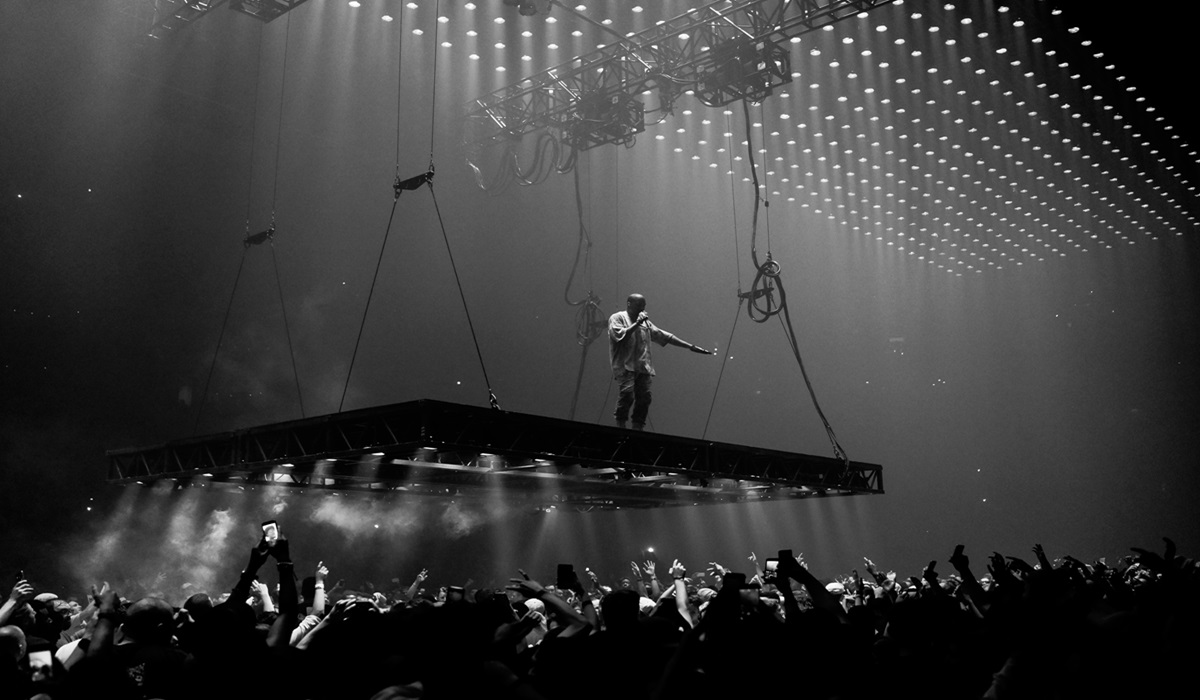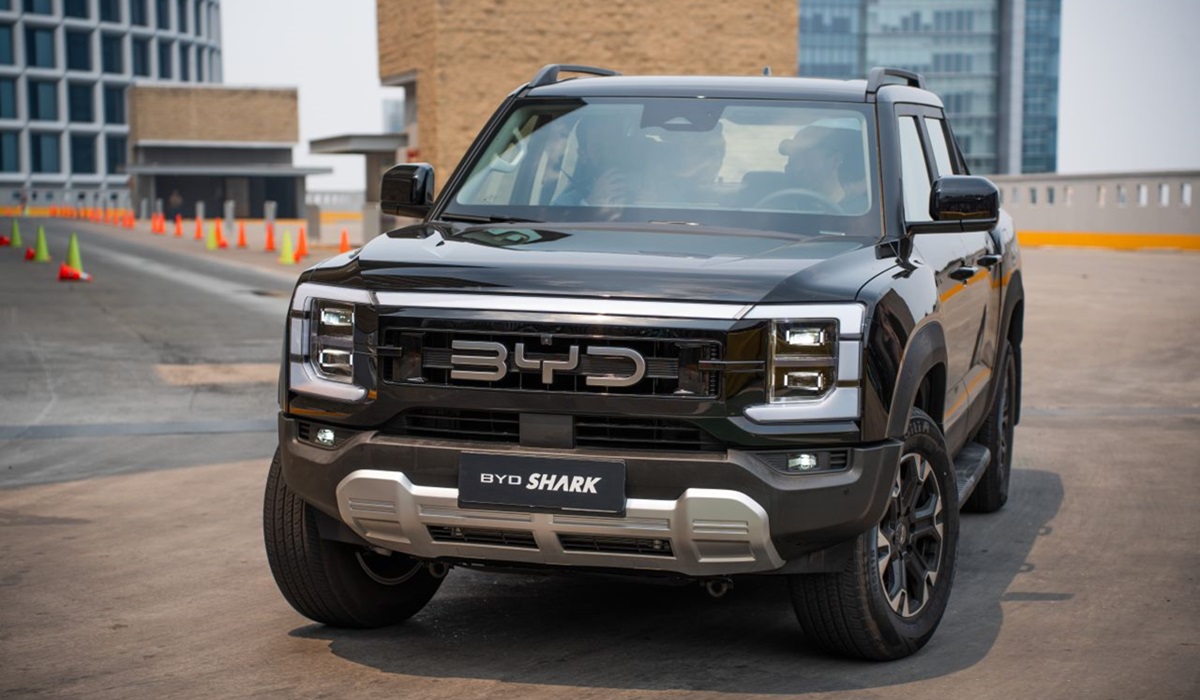The Drone Revolution: Reshaping the Battlefield, One Buzz at a Time
- TDS News
- Trending
- February 2, 2024

The thunderous roar of battleships and the shadow of aircraft carriers may soon fade from the canvas of war. In their place, a new breed of silent warriors emerges – the drone. These unmanned aerial vehicles (UAVs) are rapidly evolving from mere reconnaissance tools into game-changers, poised to redefine the very nature of conflict. The next World War, if it comes to pass, may not be decided by the clash of steel titans on the high seas, but by the strategic dance of these agile, cost-effective aerial assassins.
The transformation is already underway, unfolding in real-time across battlefields like Ukraine and the Red Sea. Here, the traditional powerhouses, armed with their formidable fleets and aerial might, find themselves challenged by adversaries wielding a different kind of arsenal – a swarm of buzzing drones. These seemingly insignificant machines, often costing a mere fraction of a conventional missile, are proving themselves capable of inflicting comparable damage, puncturing the aura of invincibility surrounding traditional military might.
This shift is fueled by the democratizing power of affordability. Unlike million-dollar missiles, lethal drones can be had for as little as $2,000. This opens the door for nations with limited budgets to wield a formidable force, one that rivals the destructive capability of much more expensive conventional weaponry. In essence, the playing field is being leveled, challenging the notion that military might is solely determined by the size of a nation’s defense budget.
But affordability is just one facet of the drone revolution. These machines offer tactical flexibility that traditional forces often lack. They can execute precision strikes with pinpoint accuracy, gather valuable intelligence from the heart of enemy territory, and conduct reconnaissance missions without putting human lives at risk. This versatility provides a significant strategic edge, particularly in scenarios where conventional forces face logistical or ethical challenges.
As the landscape of warfare undergoes this metamorphosis, a critical question arises: are nations with superior naval, aerial, and ground forces still at a significant advantage? Can traditional military might stand up to the disruptive force of cost-effective and lethal drone technology? The answer remains elusive, unfolding chapter by chapter in the ongoing saga of drone integration into modern warfare.
The next World War, if it comes to pass, may not be won by sheer military might alone. The victor may well be the nation that can adapt, innovate, and effectively wield the power of drones to shape the outcome of conflicts on land, in the air, and at sea. The age of drones as game-changers is upon us, and the nations that recognize and harness this shift will likely be the ones to define the future of global conflict. The question is no longer who has the biggest guns, but who has the smartest swarm.








